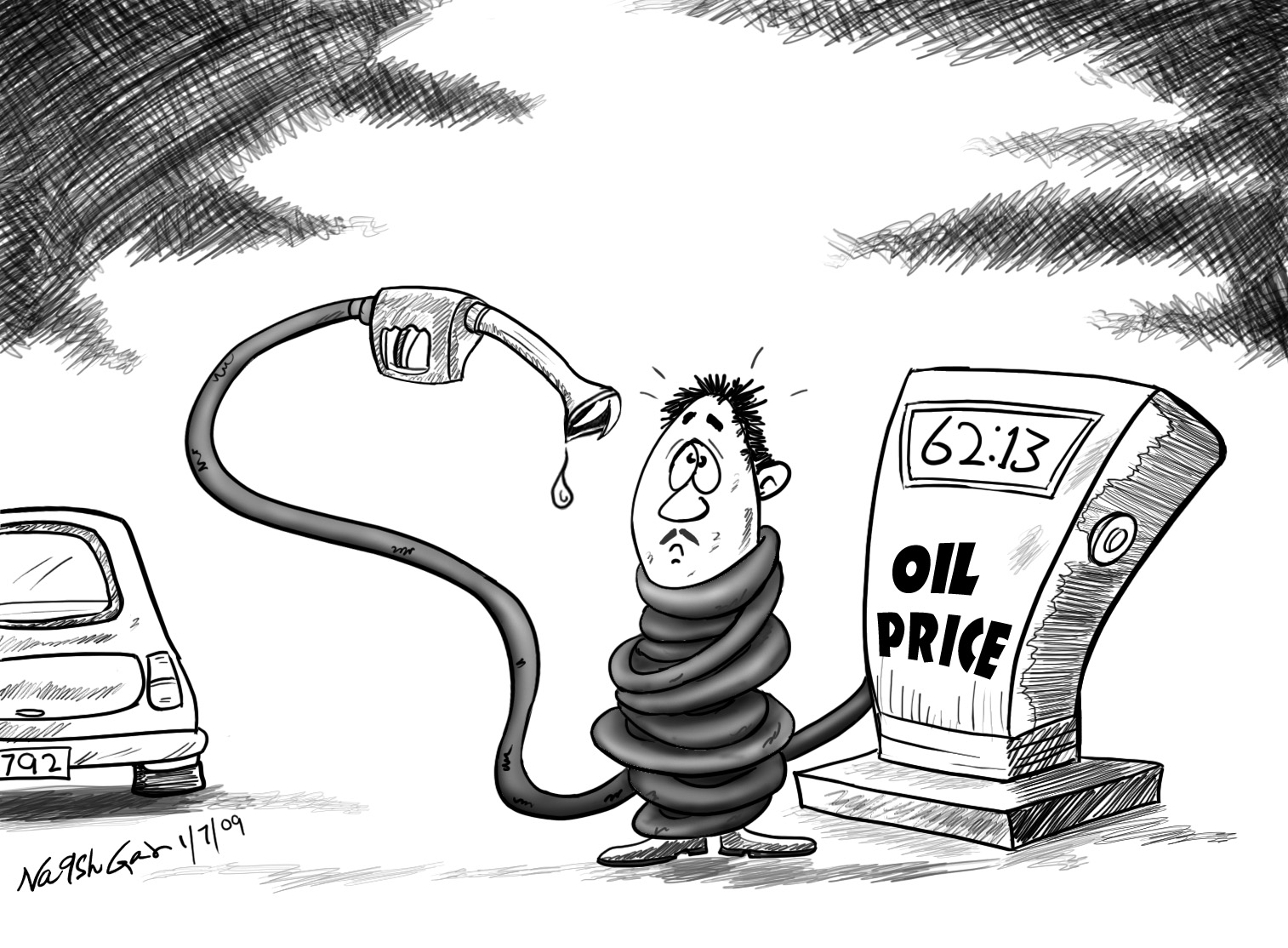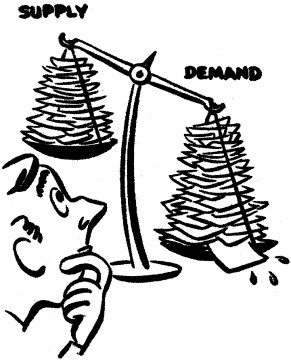Factors Controlling Global Crude Oil Prices
April 10, 2011
1. OPEC Decisions:
OPEC abandoned
fixing the reference price in 1987, favoring a system in which OPEC sets
production quotas based on its assessment of the market’s call on OPEC supply.
Oil prices fluctuate depending in part on how well OPEC does this calculus.
Through the process of adjusting its production quotas OPEC can only hope to
influence price movements. This adjustment process can prove quite problematic,
at times inducing undesired price volatility. Given the uncertainties of demand
and supply, the lack of reliable and timely data about consumption, production
and inventory levels, and the unreliability of short-term forecasts, it is
difficult for OPEC to anticipate the direction of the market.
Even if OPEC predicts the direction of the market adequately, implementing the agreed policy can prove very difficult because of OPEC’s structure. After all this is a coalition of a heterogeneous group of countries facing distinct economic, social and political challenges and with no incentive to share information. Furthermore, OPEC has no monitoring system to oversee production and shipments and more importantly no punishment mechanism to deter cheaters. This structure, in which agreements are reached at the last minute and concluded on the basis of compromise rather than optimizing decisions, generates considerable uncertainty about supply conditions, contributing to oil price volatility.

In this respect, it
is interesting to note that implementing output adjustment is problematic both
in the face of falling and growing global oil demand though for different
reasons, i.e. OPEC’s response is asymmetric to global demand conditions. If
global demand for oil falls, non-OPEC suppliers will continue to produce. They
usually wait for OPEC to make the decision of how much to cut and which country
must undertake these cuts. Because of OPEC’s structure, these are very
difficult decisions to make and implement in face of a falling market.
Furthermore, expectations of output cuts induce speculation about OPEC’s ability to adhere to them. These expectations can cause swings in net speculative positions and reversal of such positions if the cut is less than expected or does not materialize. In the case where global demand for oil rises, although agreements to increase quota are easier to reach and implement, OPEC may not respond quickly to this upward trend, especially in an environment of imperfect information. After all, the decision to wait and not increase output is much more profitable than to increase output if the trend turns out to be false. The slowness of the response to an upward trend can contribute further to volatility by undersupplying the market.
The pricing of crude oils has become increasingly transparent from the 1990s onwards through the use of marker crudes such as:
- West Texas Intermediate (WTI – USA)
- Brent (Europe and Africa)
- Dubai and Oman (Middle East)
- Tapis and Dubai (in Asia)
Prices of crude oil markers and petroleum product markers are affected by a myriad of factors including:
- overall supply/demand for crude
- supply/demand for petroleum products
- freight rates
- competition in the crude markets
- competition in the regional and domestic markets for petroleum products.
2. Impact of Demand and Supply

The global oil market prices are primarily influenced by demand and supply forces. The level of supply is largely dependent on the availability of oil in the reserves. Supply shortage causes an upward movement in the price pressure.
This may be due to factors such as
- unplanned refinery shortage
- unforeseen demand increases
- pipeline problems
Supply levels are established by OPEC to a large extent because market demand and consumption levels in the US influences oil prices drastically. The demand for oil spikes during peak seasons, particularly during the summers. This is because it is usually the season of winters and vacations. So, the demand for heating oil escalates.
Major petroleum exchanges are
- · New York Mercantile Exchange
- · International Petroleum Exchange in London
- · Singapore International Monetary Exchange
Movements in these exchanges and speculations on oil futures also have a significant bearing on oil prices.
3. Poor Data
Although oil prices have become more transparent
over the years, information about crude oil consumption and production has not
improved both in quality and timelessness. On the
demand side, data on the consumption of oil, even those for OECD, are
uncertain, subject to major revisions, and published with a considerable lag.
This problem is becoming worse with the increasing importance of some
developing countries such as India and China as major oil consumers with even
less reliable data.
On the supply side, the dominance of less transparent
national oil companies and the uncertainty about OPEC production levels (OPEC
must rely on ‘secondary sources’ to find out what its own members are
producing) increases the uncertainty about oil production. Furthermore, the
advent of many small oil producers on the oil scene increases further
difficulty of collecting reliable and timely information. The quality of
inventory data is also subject to uncertainties and revisions.
Since in tight market every barrel matters, uncertainties
about supply and demand contribute to the volatility of oil markets both
through magnifying the oil gap and increasing speculation. Furthermore,
unreliable data may induce OPEC to misinterpret the market’s direction and
pursue policies that add to the uncertainty and compound volatility.
Other Factors Affecting Oil Prices
Oil pricing is also affected by the following miscellaneous factors, such as:
- ·Oil extraction and processing costs: Higher costs result in higher petroleum prices.
- · Peak oil concerns: Global concern on reaching peak oil (highest extraction point) also increases oil prices.
- · World crises in oil-producing nations: This leads to huge price spikes as observed in July 2006 during the Israel-Lebanon war.
- ·Factors affecting refining capacity: Natural factors such as hurricanes and floods hamper the refining process, especially in coastal reserves. It results in oil price spikes and directly influences the cost of refining.
- ·Tightening of world oil market: This happens in terms of lowered inventory.
- ·Political and Economic Factors: Economic factors generally have a long term effect on oil prices. However, in the Middle East and Gulf regions, they result in immediate fluctuations. Political factors have different implications. Expected events do not create much difference in oil prices but unexpected events do.
- ·Taxation: Taxes form a considerable component of oil prices. The rate of taxes varies from country to country and could be as high as 50%.
Oil prices are vulnerable to both supply and demand fluctuations and external shocks that can be natural, political or economic. In the coming years, this will remain a major challenge to overcome for both oil producing countries and the world economy as a whole.
Posted by Shahzad Ashraf. Posted In : Petroleum Management
